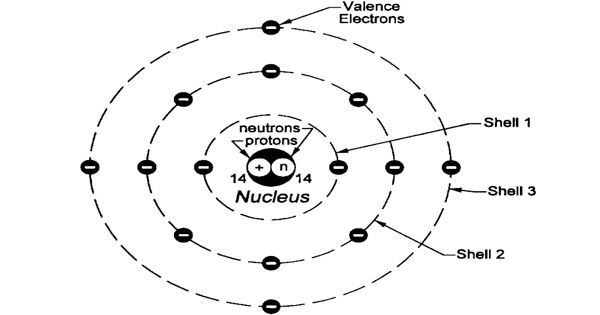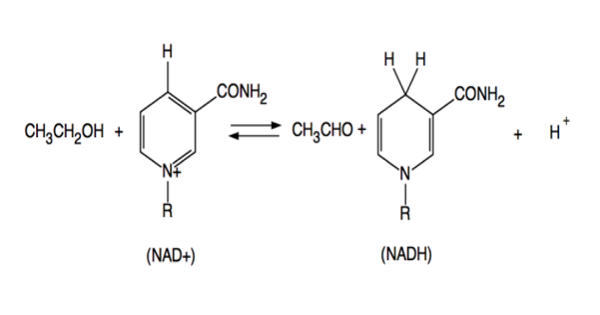Anandite is a rare phyllosilicate with formula (Ba, K)(Fe2+, Mg)3(Si, Al, Fe)4O10(S, OH)2. It crystallizes in the monoclinic crystal system. It is black in color with a glassy luster and a near perfect cleavage. It is a rare mineral with important sources only in Sri Lanka and the United States (California, New Jersey).
Anandite was discovered in Sri Lanka (formerly Ceylon) and recognized as a mineral species in 1967. It is named for Ananda Kentish Coomaraswamy, the first director of the Mineral Survey of Ceylon. It has also been found in Big Creek in Fresno County and in Trumball Peak in Mariposa County, California as well as the Sterling Mine in New Jersey. It was named for Ananda Kentish Coomaraswamy (1877–1947), who was the director of the Mineral Survey of Ceylon, Sri Lanka at that time.
General Information
- Category: Phyllosilicates
- Formula: (Ba, K)(Fe2+, Mg)3(Si, Al, Fe)4O10(S, OH)2
- Crystal system: Monoclinic
- Crystal class: Prismatic (2/m).

Properties
Anandite is a member of the mica group of minerals. Other minerals that anandite is associated with include magnetite, chalcopyrite, pyrite, pyrrhotite, and baryte. It has a Mohs hardness of 3.0-4.0, perfect cleavage in one direction, a specific gravity of 3.94, and a vitreous luster. Sub-translucent to opaque, it is generally black in color with subtle hints of green and brown.
- Color: Black
- Crystal habit: Massive, prismatic crystals poorly formed produce hexagonal outline cleavage fragments
- Cleavage: Perfect on {001}
- Fracture: Flexible fragments
- Mohs scale hardness: 3 – 4
- Luster: Vitreous
- Streak: Grey white
- Diaphaneity: Nearly opaque
- Specific gravity: 3.94.
Anandite occurs primarily in banded formations of magnetite iron ores in association with such minerals as pyrite, magnetite, and barite. It is collected for its rarity and unusual chemistry as a sulfur- and barium-bearing, mica-group mineral.
Information Source:
https://en.wikipedia.org/wiki/Anandite
















